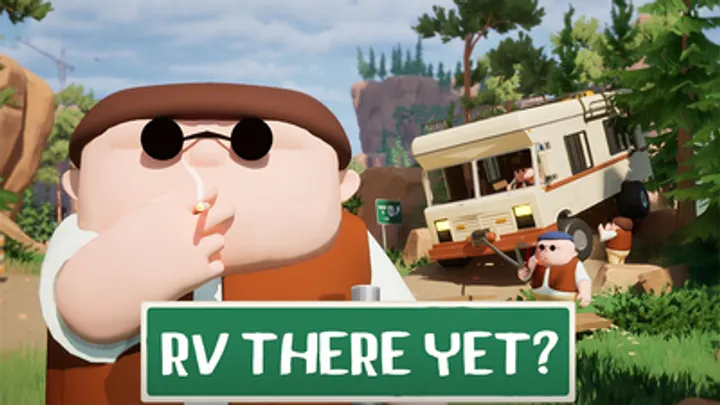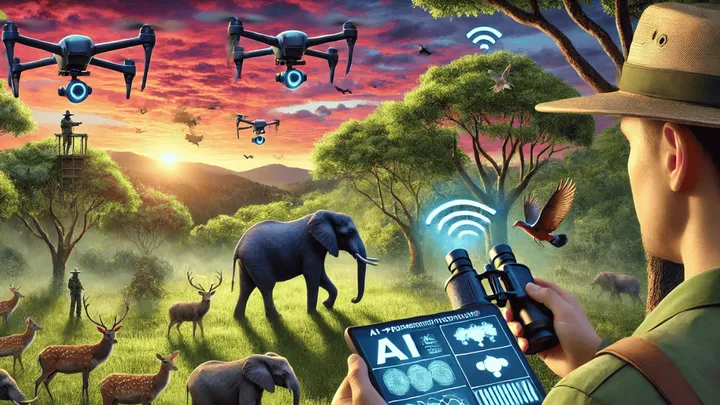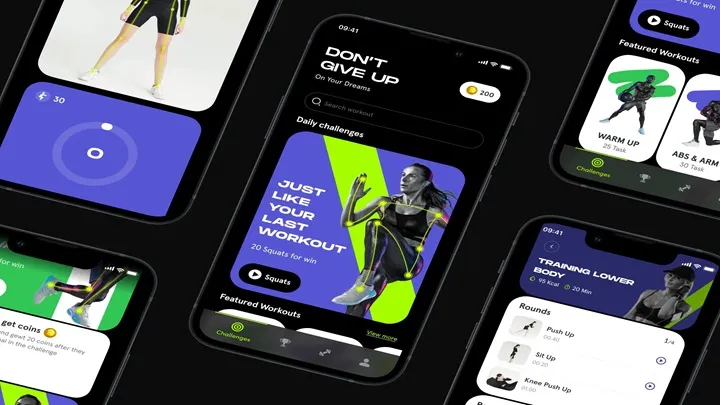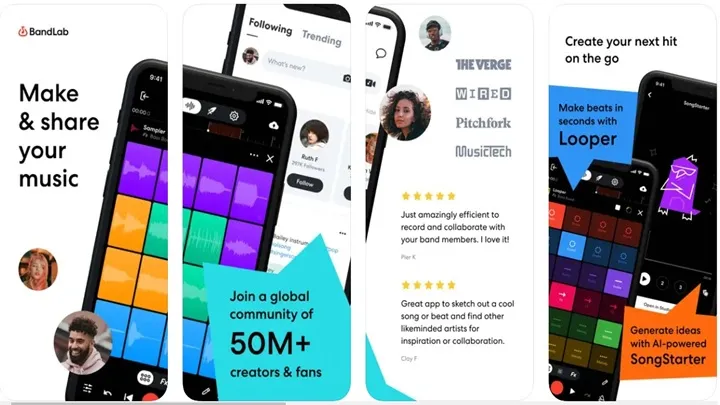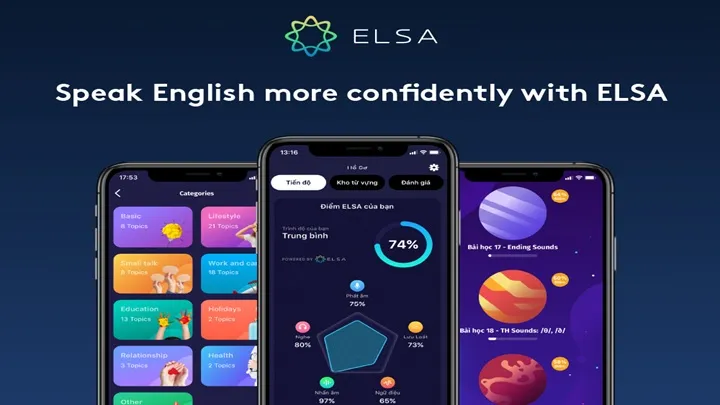In an era of rapid environmental change, protecting the planet’s wildlife has become more crucial than ever. Fortunately, digital innovation has stepped in to support conservation efforts. From tracking endangered species to mobilizing citizen scientists, wildlife conservation apps now connect everyday users with the natural world in ways that were once impossible.
Whether you’re a researcher, nature enthusiast, or simply someone who cares about biodiversity, these apps help turn awareness into action. They empower users to document species, track habitats, and even contribute valuable data to real conservation projects. Below are the top 7 apps for wildlife conservation that make preserving our planet’s precious ecosystems accessible to everyone.
1. iNaturalist
iNaturalist is perhaps the most famous app bridging the gap between science and citizen participation. Developed by the California Academy of Sciences and National Geographic, iNaturalist allows anyone to photograph plants, animals, fungi, or insects and upload their observations to a shared global database. Using AI recognition and expert community verification, the app helps identify species accurately.
The power of iNaturalist lies in its collective intelligence. Every uploaded photo contributes to a massive, open-source biodiversity record used by scientists worldwide. Schools and conservation groups also use it to teach field identification, helping users appreciate their local ecosystems. With over 150 million observations logged globally, iNaturalist proves that ordinary people can become extraordinary contributors to science.
2. WWF Together
Developed by the World Wildlife Fund, WWF Together turns wildlife conservation into an emotionally engaging experience. The app tells stories of endangered species through breathtaking photography, interactive infographics, and real-world conservation updates.
Each species profile shares unique information about animals like elephants, tigers, and polar bears, explaining the challenges they face and what WWF is doing to protect them. Users can learn practical steps to reduce their impact—such as sustainable shopping, waste reduction, and energy conservation. WWF Together combines storytelling and activism, transforming global awareness into everyday action. It’s both educational and visually stunning, perfect for families, students, and anyone seeking inspiration to make a difference.
3. Seek by iNaturalist
Seek is the playful, beginner-friendly version of iNaturalist that turns exploring nature into a game. Using your phone’s camera, Seek instantly identifies plants and animals in real time, rewarding users with badges for every new species found.
This app is particularly popular among children, families, and educators who want to make outdoor learning fun. While Seek doesn’t collect user data like iNaturalist, it still connects people with biodiversity in their surroundings. Its AR-style discovery system makes exploring nature exciting again—reminding us that conservation begins with curiosity.
By blending gamification with education, Seek helps cultivate the next generation of environmental stewards who understand that even local backyard species are part of the global ecological web.
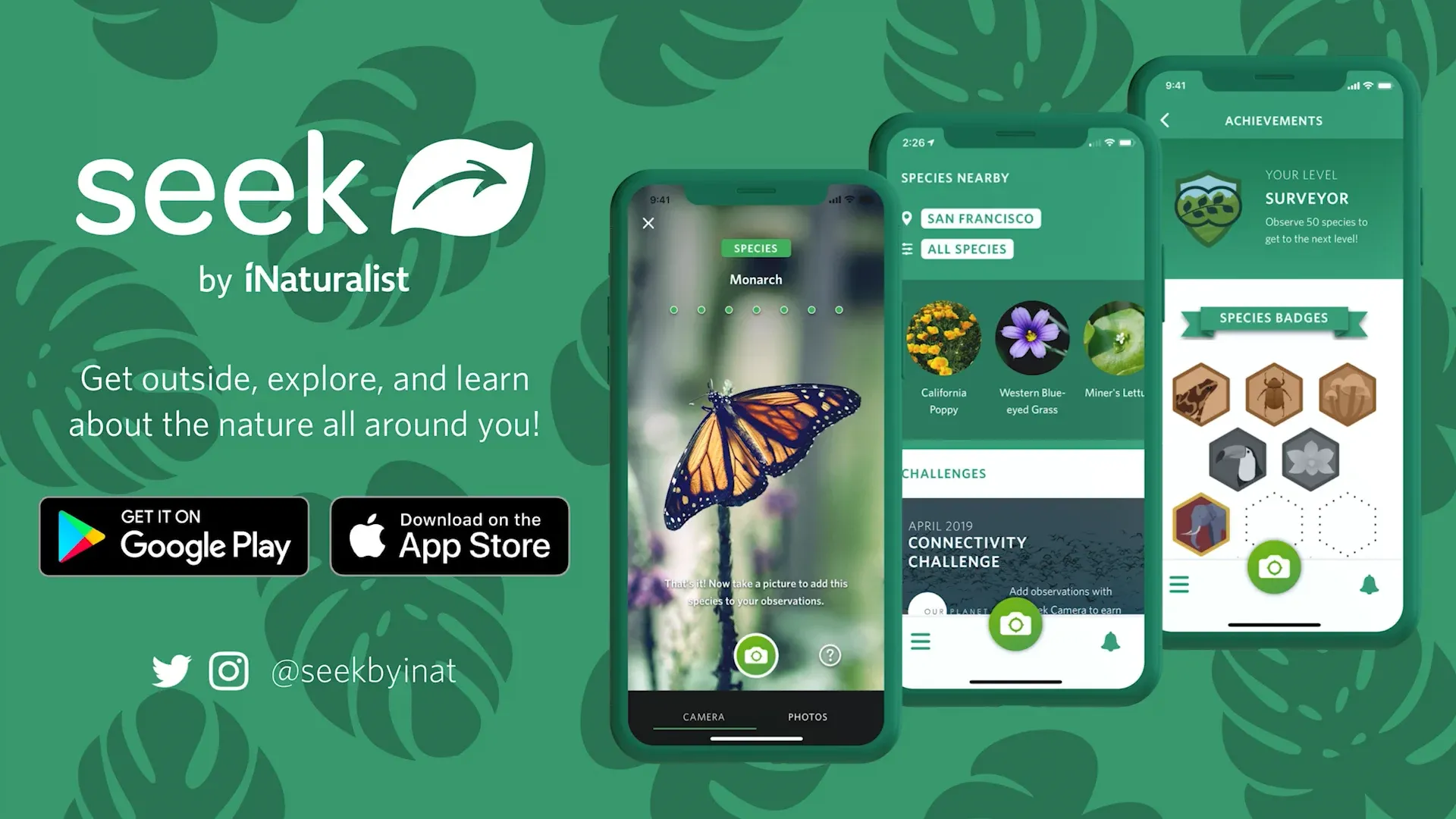
4. Earth Rangers
Earth Rangers focuses on inspiring young people to take care of the planet. Aimed at children and families, this app features interactive missions, animal facts, and eco-challenges that teach environmental responsibility. Users can earn digital badges, participate in challenges like reducing plastic waste, and even “adopt” animals symbolically to support real conservation projects.
Earth Rangers partners with schools, parents, and conservation organizations to make sustainability education both fun and impactful. Its mix of storytelling, rewards, and real-world missions makes environmental action approachable for younger audiences. By gamifying conservation, Earth Rangers empowers kids to become lifelong protectors of the natural world.
5. Global Forest Watch
While many wildlife conservation apps focus on animals, Global Forest Watch (GFW) targets habitat protection — which is equally vital. Created by the World Resources Institute, the app provides real-time satellite data that monitors forest changes worldwide.
GFW alerts users to deforestation events, forest fires, and illegal logging, empowering governments, researchers, and activists to act quickly. The data also supports journalists and communities fighting environmental crimes. It’s a powerful tool that democratizes access to environmental information.
By connecting people to live forest monitoring, Global Forest Watch reveals how closely human survival is tied to healthy ecosystems. Whether you’re a policymaker or an eco-conscious citizen, this app transforms awareness into measurable impact.
6. eBird
For bird lovers, eBird is a must-have. Created by the Cornell Lab of Ornithology, it’s one of the world’s largest biodiversity databases, hosting over one billion bird observations contributed by citizen scientists. Users can log sightings, record sounds, and view real-time migration maps.
Beyond personal enjoyment, every eBird record strengthens global bird research and conservation planning. Scientists use its massive dataset to track species populations, migration changes, and habitat loss. The app’s intuitive interface allows even beginners to contribute meaningfully.
eBird demonstrates how crowd-sourced science can reshape wildlife monitoring. From backyard birdwatchers to professional ornithologists, millions of users prove that technology can unite passion and purpose for conservation.
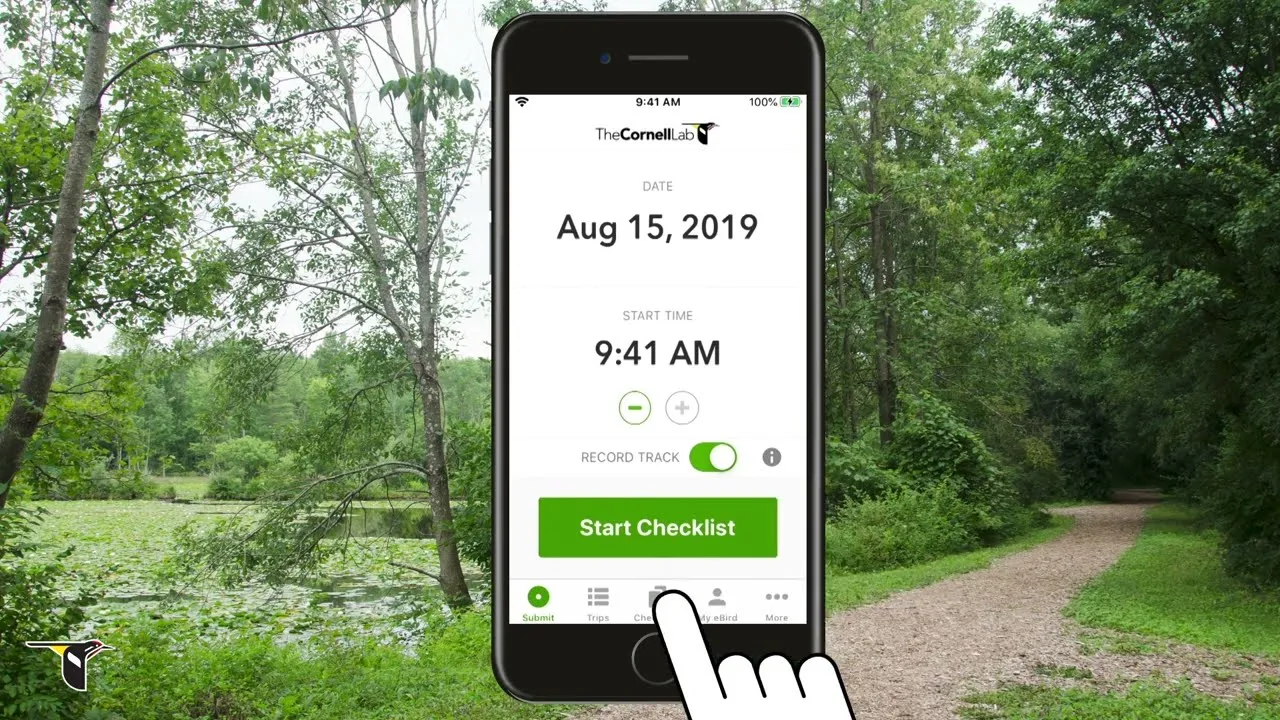
7. Wildbook
Wildbook takes wildlife conservation into the realm of artificial intelligence. This app uses computer vision to identify individual animals from photos and videos, helping researchers track endangered species without intrusive tagging. It’s been used to study whales, leopards, sharks, and other elusive species worldwide.
By analyzing patterns, markings, and shapes, Wildbook creates digital “fingerprints” for each animal. This non-invasive tracking system allows conservationists to monitor populations, detect threats, and even prevent poaching. The data gathered has already led to groundbreaking discoveries in species behavior and migration.
Wildbook represents the future of wildlife protection — where AI and human compassion work side by side to ensure every animal counts. Its open collaboration model means anyone can contribute, from professional photographers to casual travelers with a camera.
The Growing Power of Citizen Science
What makes wildlife conservation apps truly transformative is their reliance on citizen science — the idea that anyone can help collect and share data that supports real research. From snapping a photo of a butterfly to logging a bird call, these simple actions create a massive network of ecological awareness.
Apps like iNaturalist and eBird have proven that crowd-sourced information can be accurate, reliable, and impactful when combined with machine learning and expert review. With millions of contributors worldwide, the collective knowledge of ordinary users now powers scientific discoveries and influences conservation policy.
As more people engage with these platforms, they develop a deeper connection with the planet. This emotional link drives long-term behavioral change — from sustainable consumption to community involvement in local environmental projects.
Technology Meets Conservation
The synergy between technology and wildlife protection continues to evolve. AI-driven identification, satellite mapping, and live tracking systems now allow researchers to observe species in unprecedented detail. Apps also break down barriers to environmental education, turning awareness into action.
New tools like AI-powered photo recognition, remote sensor data, and real-time conservation alerts are shaping the future of environmental stewardship. When individuals have access to the same data as scientists, protecting nature becomes a shared responsibility rather than a distant ideal.
In addition, these apps often partner with NGOs and educational institutions, ensuring that every observation, download, or donation has measurable benefits. Conservation no longer depends solely on governments or organizations — it thrives through connected communities of passionate individuals.
Why These Apps Matter
Every app on this list contributes uniquely to wildlife conservation. Some, like Wildbook and Global Forest Watch, supply scientists with critical research data. Others, like Earth Rangers and Seek, focus on education and engagement. Together, they represent a holistic ecosystem of awareness, learning, and impact.
For users, these apps offer more than knowledge — they offer purpose. By participating in citizen science or adopting eco-friendly habits, you become part of a global effort to preserve life on Earth. Wildlife conservation isn’t just about saving species; it’s about protecting the balance that sustains us all.
Technology gives us unprecedented power to make a difference — but responsibility rests in how we use it. When you open any of these apps, you’re not just scrolling a screen; you’re joining a movement that values every creature, forest, and drop of water as part of our shared home.
Conclusion: Turning Data Into Hope
The top apps for wildlife conservation show that protecting the planet doesn’t require a degree in biology or a job in the field. With just a smartphone, anyone can contribute to safeguarding biodiversity. These tools blend education, technology, and activism — proving that small actions can lead to monumental change.
As deforestation, climate change, and habitat loss accelerate, apps like iNaturalist, Wildbook, and Global Forest Watch remind us that awareness is the first step toward action. Each observation, report, and shared story strengthens the global effort to restore harmony between humans and nature.
Ultimately, the goal of wildlife conservation is not just to preserve life but to rekindle our relationship with the living world. Through these apps, technology becomes a bridge — reconnecting us with the planet we depend on and inspiring the collective hope that together, we can protect it for generations to come.

